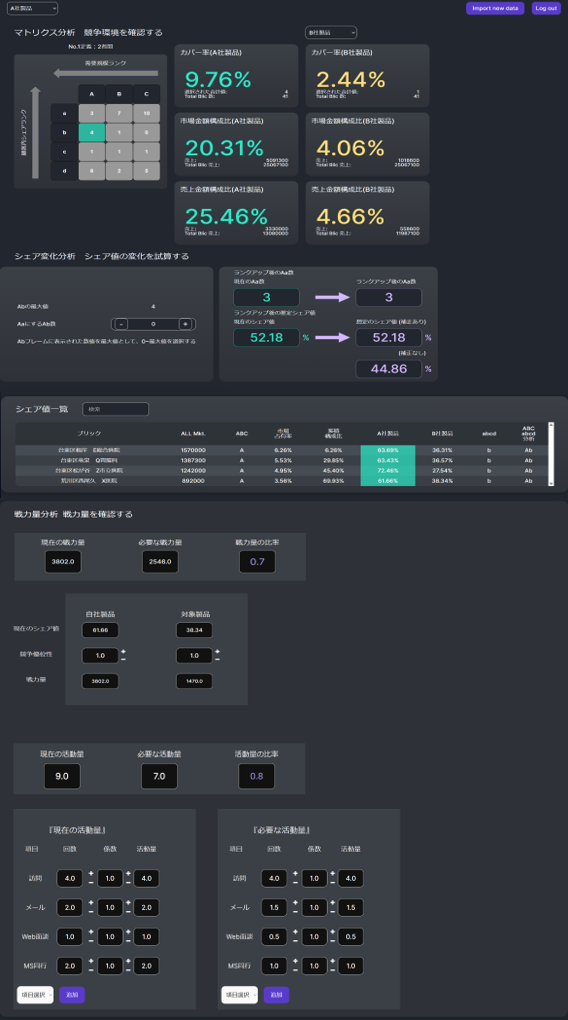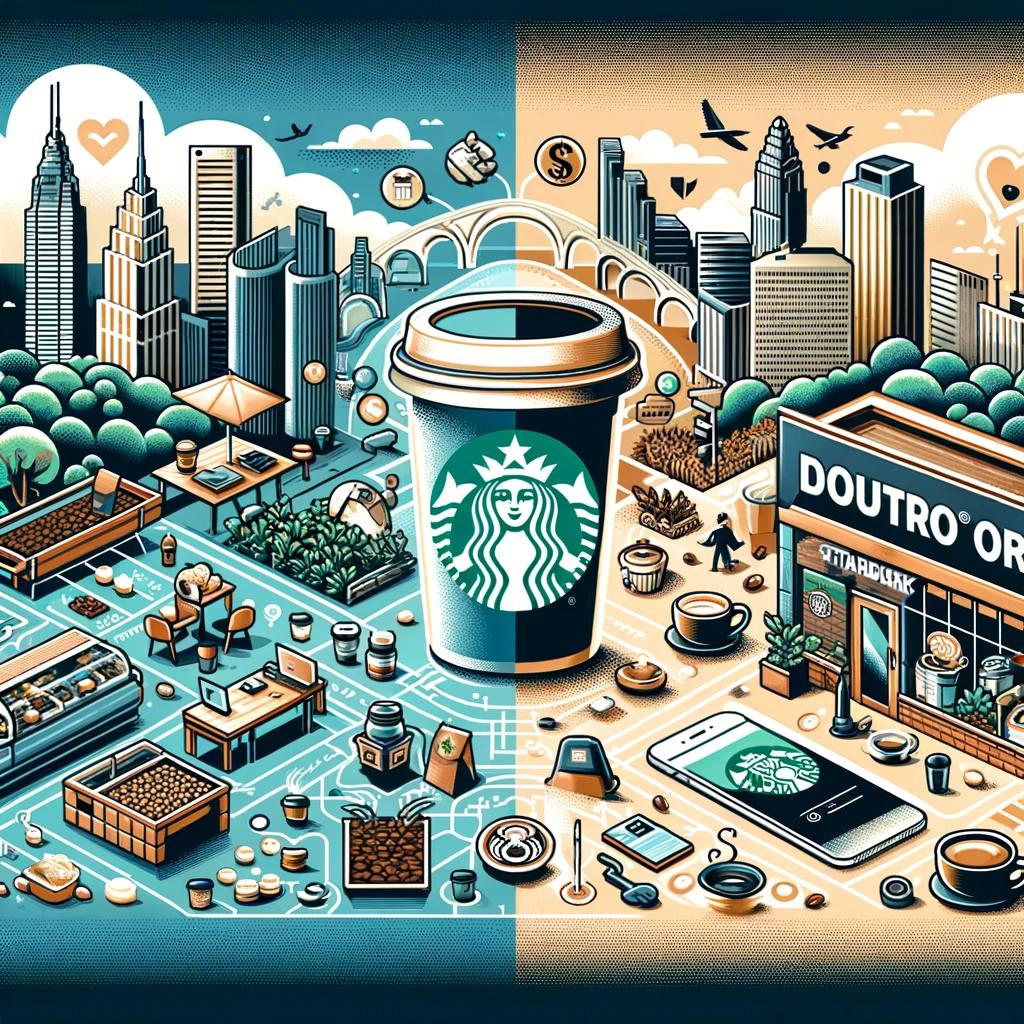現代の労働市場は、個々の情熱や才能を尊重し、それを仕事に生かすことが重視されるようになっています。この流れの中で、好きでもない仕事を続けることは、思わぬリスクを伴うようになっています。
まず、好きでもない仕事を続けることは、モチベーションの低下に直結します。情熱がなければ、仕事の質や生産性を維持することが難しくなるのです。これは長期的に見ても、自身のキャリアにおける成長の機会を逃す結果につながります。情熱を持って仕事をする人々が自己成長に励む一方で、好きでない仕事をしている人は、キャリアの停滞に直面する可能性が高くなります。
さらに、情熱を欠く仕事は職場での競争力を低下させる原因となります。情熱を持って仕事をしている人々は創造性やイノベーションを生み出し、組織にとって重要な価値をもたらすことができます。しかし、情熱を感じない仕事では、これらの要素が欠け、結果として競争力の低下につながるのです。
また、好きでもない仕事に従事することは、ストレスや燃え尽き症候群のリスクを高めます。仕事からの満足感が得られないと、心理的なストレスが蓄積され、健康問題や仕事への全般的な不満につながる可能性があります。
そして、市場は絶えず変化しており、特に現代ではその変化のスピードが速まっています。情熱を持って仕事に取り組む人々は、新しいトレンドや技術に素早く適応する傾向にあります。一方で、好きでもない仕事をしていると、これらの変化に対応するのが難しくなります。市場の変化への適応が難しくなると、自身のスキルや知識が時代遅れになるリスクがあります。
このように、好きでもない仕事を続けることは、モチベーションの低下、キャリアの停滞、職場での競争力の低下、ストレスの増加、市場の変化への適応困難など、さまざまなリスクを伴います。それゆえ、現代の労働市場においては、個々の情熱や才能を生かすことが、ますます重要になってきています。自分の好きなことを見つけ、それを仕事に生かすことが、これからの時代を生き抜くための鍵となるでしょう。
“The Risks of Working Without Passion” – Challenges in the Evolving Labor Market
In today’s labor market, where individual passion and talent are increasingly valued and leveraged into careers, continuing in a job that doesn’t ignite passion carries unforeseen risks.
Firstly, persisting in a job that lacks passion directly leads to a decline in motivation. Without passion, maintaining the quality and productivity of work becomes challenging. This, in the long run, results in missing out on opportunities for career growth. While those working with passion pursue personal development, those in unfulfilling jobs face the risk of career stagnation.
Furthermore, working without passion can decrease one’s competitiveness in the workplace. Those who work with passion bring creativity and innovation, offering significant value to their organizations. In contrast, those in jobs without passion lack these elements, leading to a decline in competitiveness.
Additionally, working in a job without passion increases the risks of stress and burnout. The lack of job satisfaction can lead to the accumulation of psychological stress, potentially leading to health problems and overall dissatisfaction with work.
Moreover, the market is constantly changing, especially rapidly in modern times. Those who work with passion tend to adapt quickly to new trends and technologies. On the other hand, staying in a job that isn’t liked makes it difficult to respond to these changes. Failing to adapt to market changes can result in one’s skills and knowledge becoming outdated.
In conclusion, continuing in a job without passion involves various risks, including decreased motivation, career stagnation, reduced workplace competitiveness, increased stress, and difficulty in adapting to market changes. Therefore, in today’s job market, leveraging individual passion and talents becomes increasingly important. Finding what you love and turning it into a profession could be the key to thriving in the times ahead.










